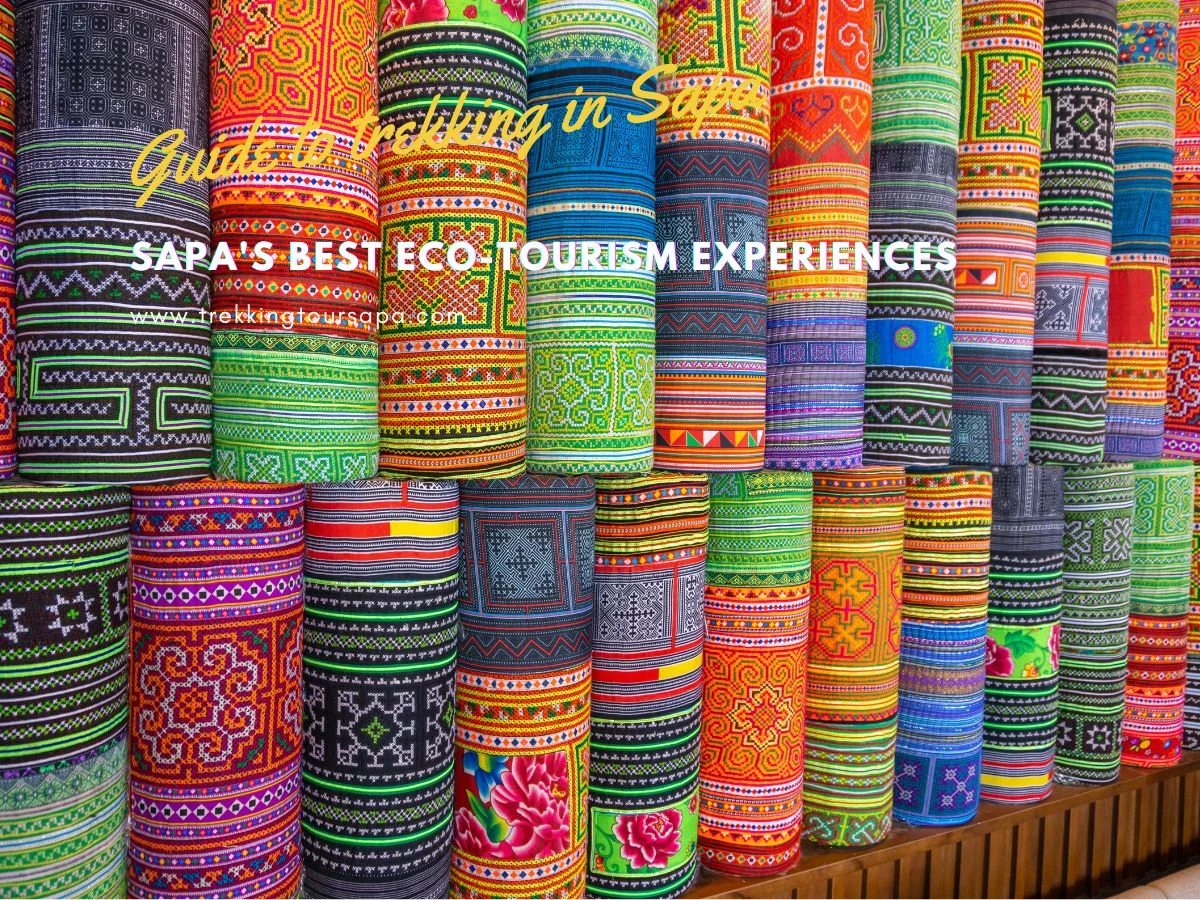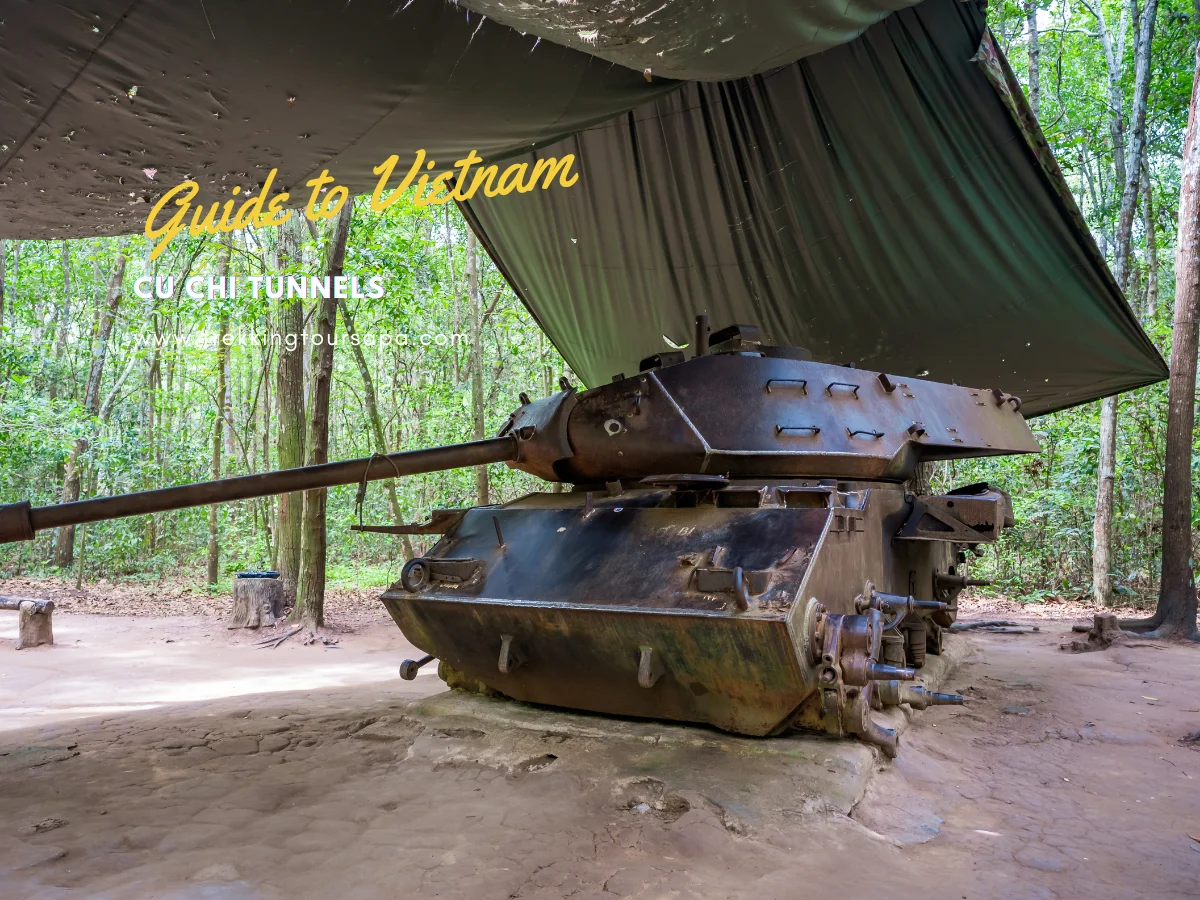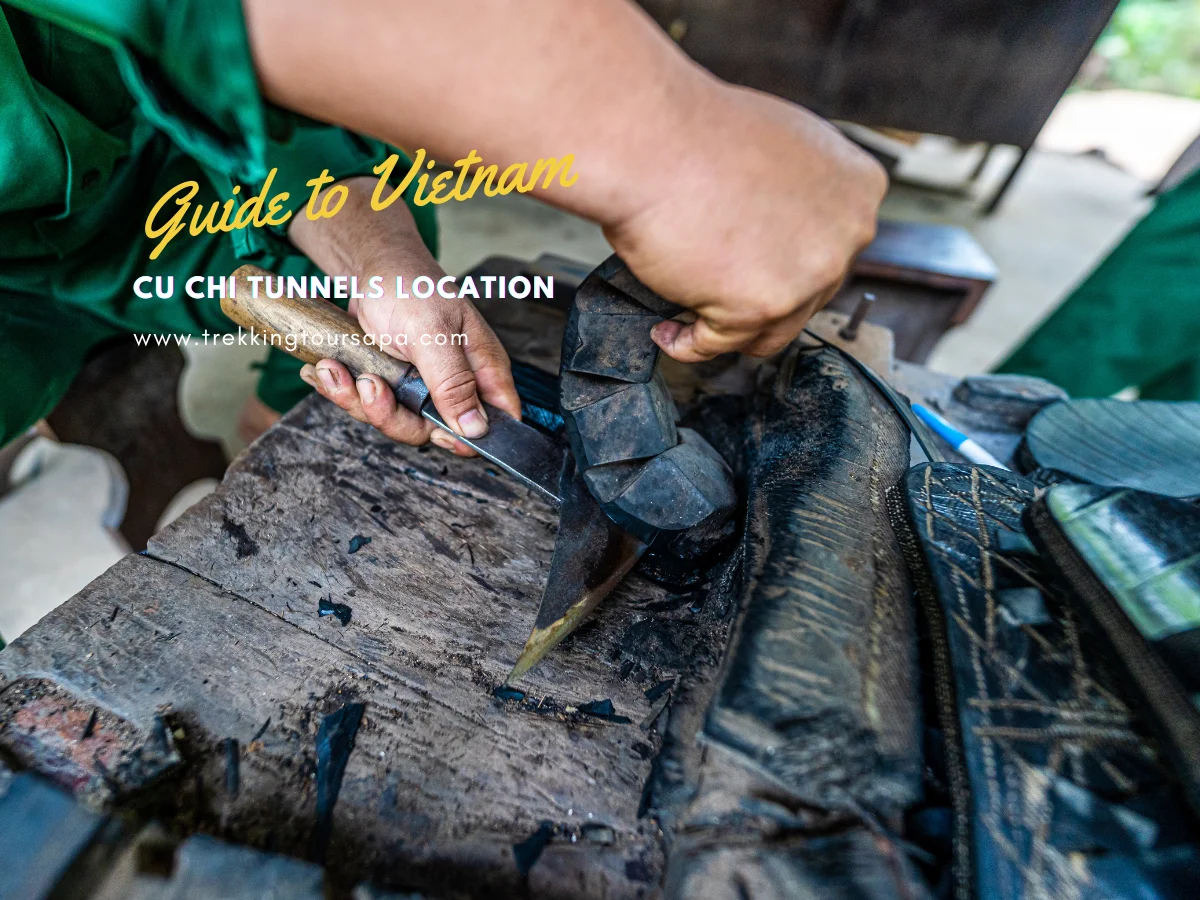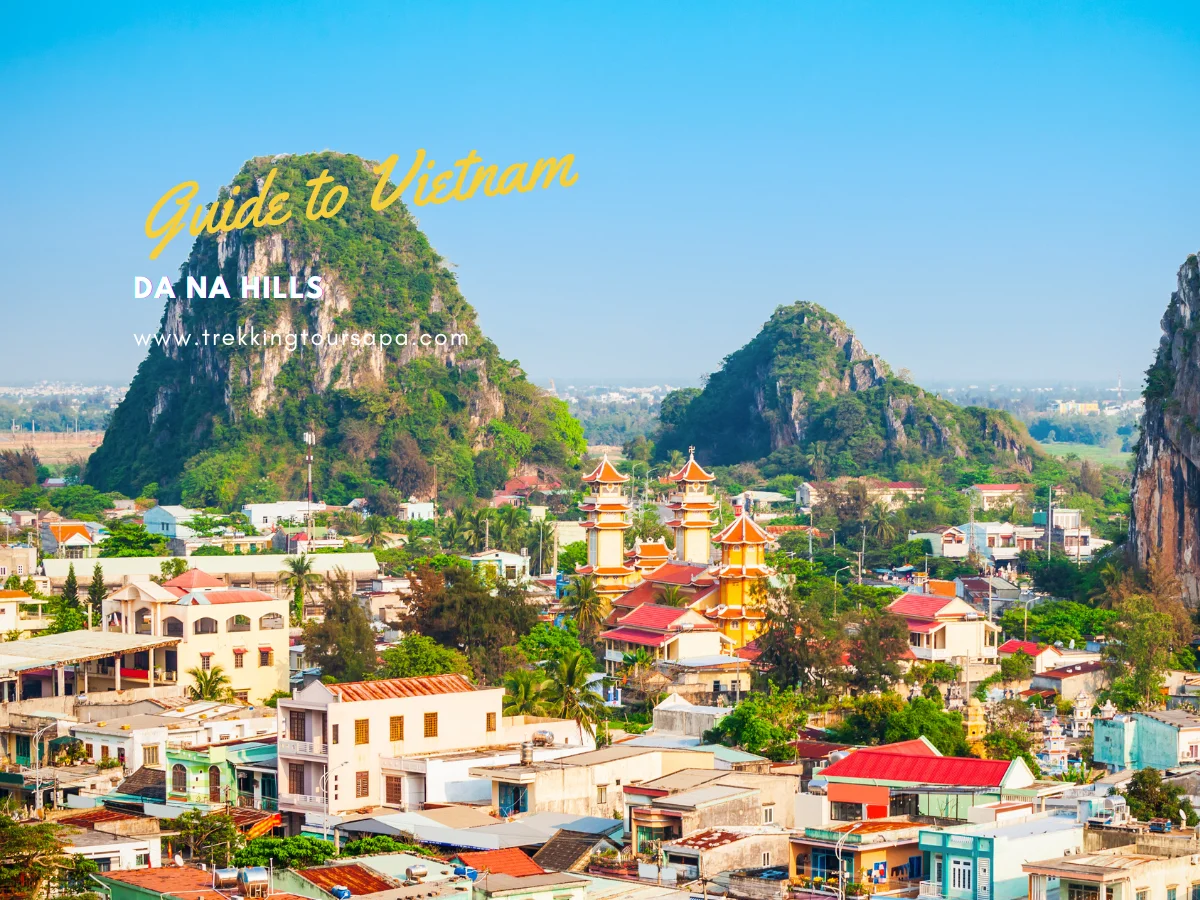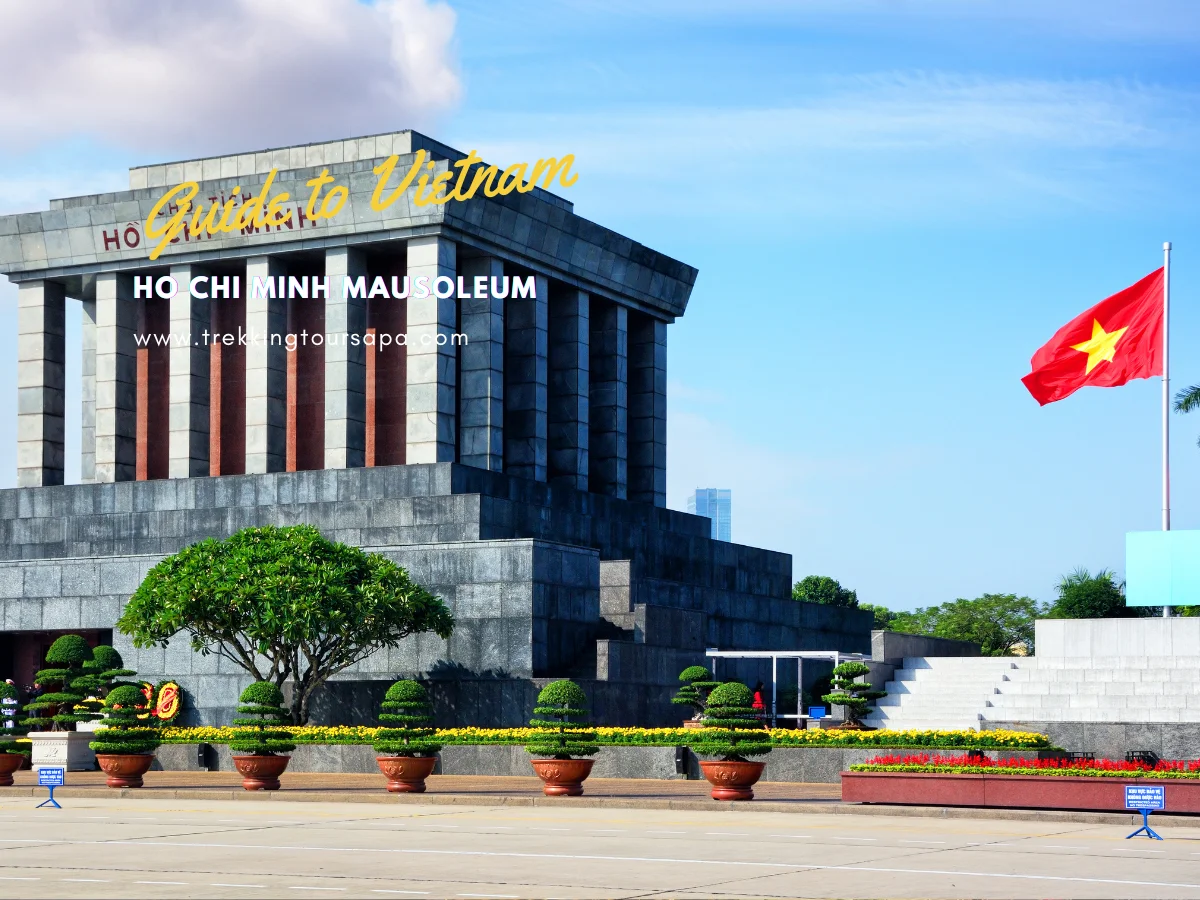Looking for an adventure that immerses you in the beauty of nature and local culture? Look no further than Sapa, Vietnam. This stunning region is known for its dramatic mountains, vibrant hill-tribe communities, and eco-tourism experiences that offer a unique way to explore the area while minimizing your impact on the environment.

From hiking through rice terraces to staying with local families in homestays, there are countless ways to experience Sapa’s best eco-tourism experiences. Whether you’re looking for an adrenaline-filled adventure or a peaceful retreat into nature, Sapa has something for everyone. So pack your bags and get ready to discover the natural wonders of this beautiful region while supporting sustainable tourism initiatives along the way!
Table of Contents
ToggleHiking and Trekking in Sapa
Hiking and trekking in this stunning region offer unforgettable adventures for nature enthusiasts. The mountain landscapes are breathtaking, with lush forests, cascading waterfalls, and panoramic views that stretch for miles. You’ll have the chance to immerse yourself in the local culture as well, passing through small villages where you can interact with friendly locals who still live traditional lives.
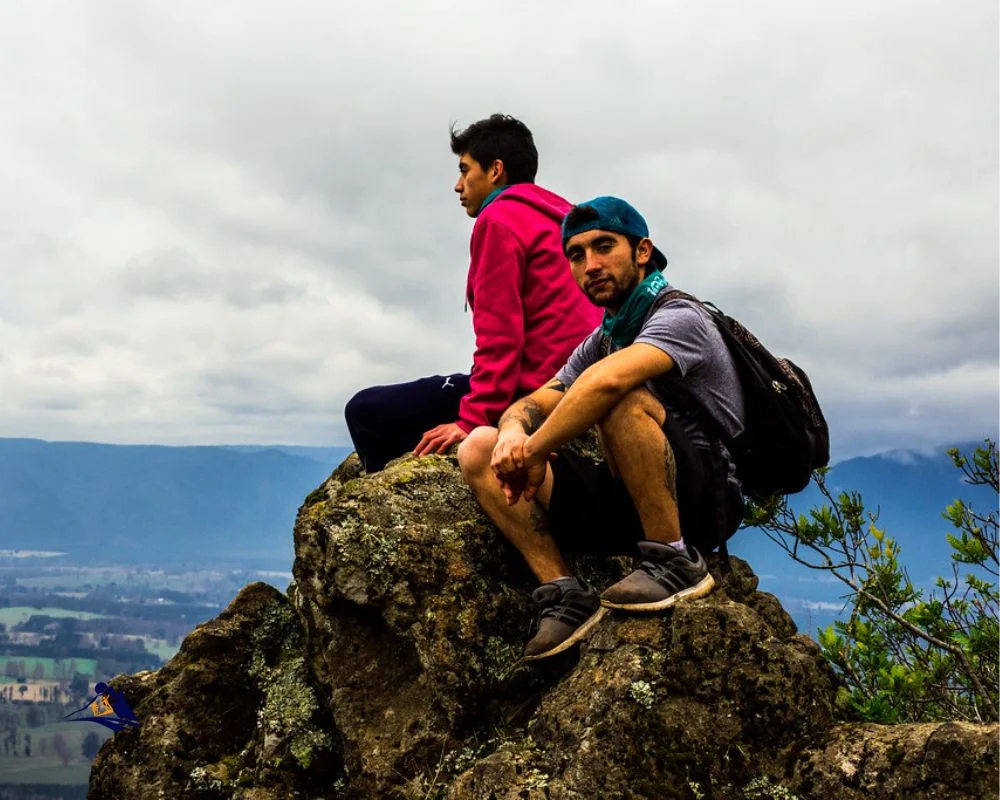
As you hike through the mountains of Sapa, you’ll be struck by the natural beauty that surrounds you. The trails wind through rice paddies and terraced fields carved into the hillsides, offering glimpses of everyday life in rural Vietnam. Whether you’re an experienced hiker or a novice explorer, there’s a trail to suit your level of fitness and skill. And when you return from your trek each day, there’s nothing quite like relaxing in a cozy homestay in one of Sapa’s local communities.
Homestays in Local Communities
Staying with locals in their homes offers a unique and authentic way to immerse yourself in the culture and lifestyle of this breathtaking region. Homestays in local communities are one of the best eco-tourism experiences you can have in Sapa. Not only do they provide cultural immersion, but they also promote sustainable tourism by supporting local economies.
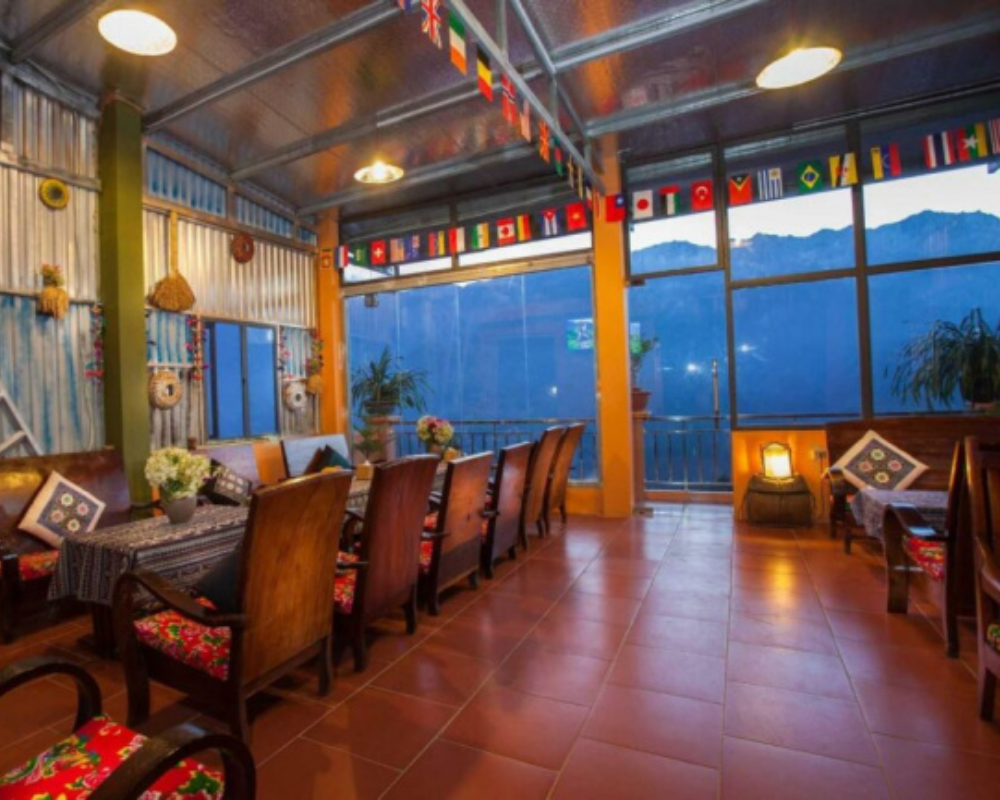
Here are four things you can expect from a homestay experience in Sapa: Firstly, warm hospitality from your hosts who will welcome you into their homes like family. Secondly, a chance to learn traditional handicrafts such as weaving or embroidery from skilled artisans. Thirdly, delicious home-cooked meals made with fresh ingredients grown and harvested by the community themselves. And lastly, breathtaking views of rice terraces and mountains that surround each village, making for an unforgettable experience that connects you to both nature and people.
As you venture deeper into Sapa’s rural areas, you’ll discover more ways to support local communities through community-based tourism initiatives. These projects aim to preserve indigenous cultures while providing meaningful exchanges between visitors and locals through activities such as farming or fishing alongside villagers or participating in cultural festivals. By participating in these programs, travelers not only gain insight into local traditions but also contribute positively to the preservation of traditional ways of life for future generations.
Community-Based Tourism
Community-based tourism initiatives offer a meaningful way to support local communities and preserve indigenous cultures through activities like farming or fishing alongside villagers. By engaging in cultural immersion experiences, you have the opportunity to learn about traditional ways of life and connect with locals on a deeper level. For instance, you can take part in local handicrafts workshops with ethnic minorities such as the Red Dao, where you can create beautiful textiles using natural dyes and ancient techniques. This not only helps sustain their livelihoods but also allows visitors to gain appreciation for the unique skills passed down from generations.
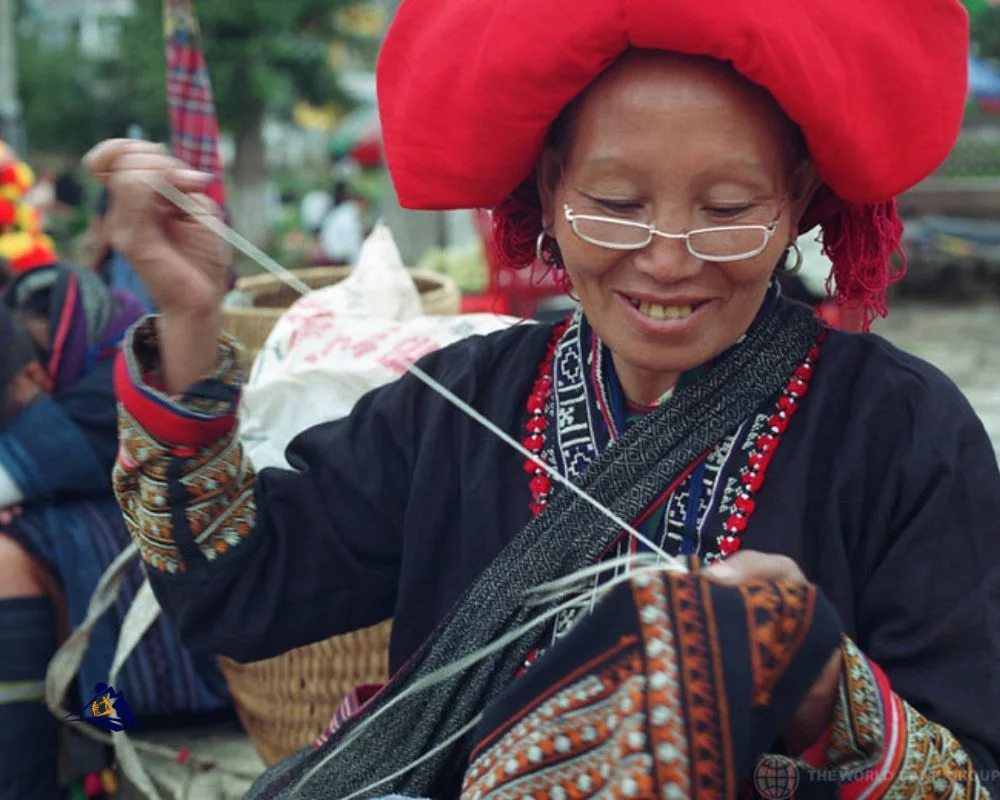
Another way to experience community-based tourism is by visiting ethnic villages and participating in daily activities such as rice harvesting or cooking. You can work alongside locals and learn about their customs firsthand while enjoying fresh farm-to-table meals. Additionally, travelers can join guided tours that support conservation efforts like reforestation projects or wildlife rehabilitation centers. These experiences provide an authentic perspective of rural life while contributing positively to environmental sustainability.
With these community-based activities under your belt, it’s time to head out into Sapa’s stunning natural terrain and explore its many waterfalls and hot springs!
Visiting Waterfalls and Hot Springs
Get ready to relax and unwind as you take a dip in some of the most refreshing waterfalls and hot springs in Sapa. These natural wonders are not only breathtakingly beautiful, but they also offer perfect swimming opportunities for those looking to cool off under the sun. You can choose from various locations depending on your preference, whether it’s trekking through lush forests or simply taking a short walk to reach the falls. The best part? Local guides will accompany you every step of the way, providing insightful knowledge about each site and ensuring your safety throughout.

Sapa’s waterfalls and hot springs are not just for swimming but also for rejuvenating your body and mind. The mineral-rich waters found in these natural baths have been known to help soothe sore muscles, reduce stress levels, and improve skin conditions. So why not take this chance to pamper yourself while surrounded by stunning scenery? After all, there’s no better way to experience Sapa’s eco-tourism than by indulging in its natural wonders! And if you’re up for more adventures after relaxing at the falls and hot springs, let’s move on to our next activity: cycling tours!
Cycling Tours
Let’s hop on a bike and explore Sapa’s stunning countryside with cycling tours, which have become increasingly popular among tourists in recent years due to their exciting nature and opportunity to witness the region’s breathtaking landscapes up close. Mountain biking is a favorite activity for adrenaline junkies looking for a challenging ride through rugged terrain, while leisurely rides through rice paddies offer a more relaxed experience that still provides an intimate look at local culture. With knowledgeable guides leading the way, you’ll learn about the traditional farming methods used by local communities and have ample opportunities to stop for photos of the picturesque scenery.
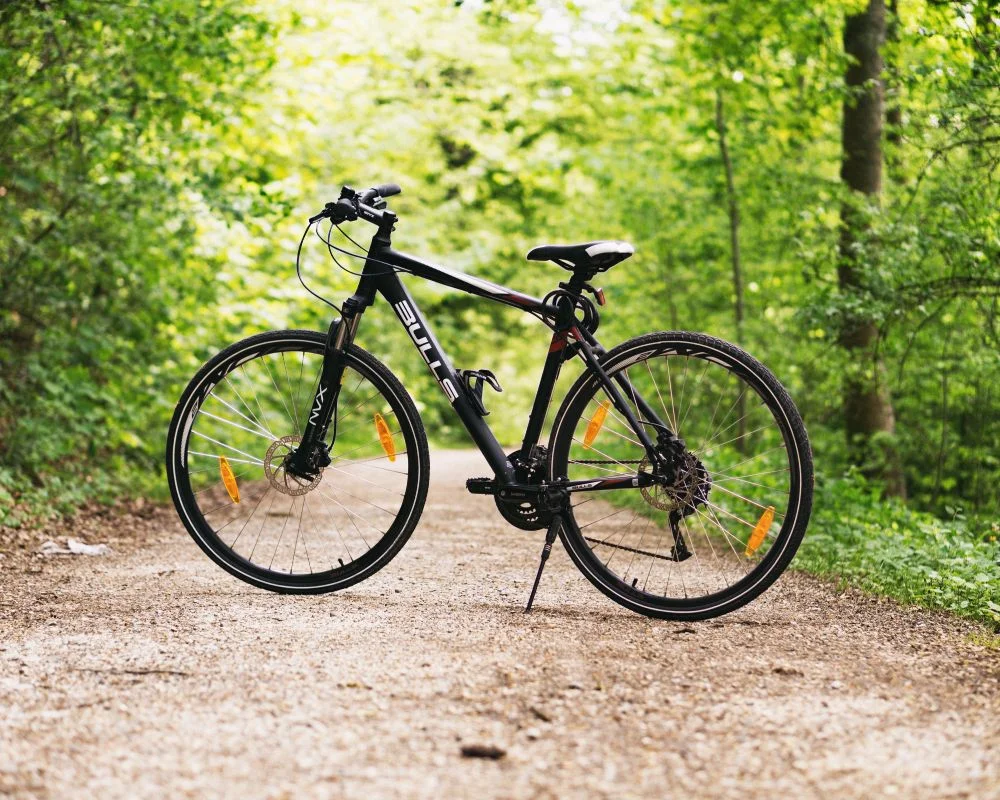
As you pedal your way through Sapa’s countryside, take in the fresh air and embrace your sense of freedom. Cycling tours allow you to explore at your own pace while immersing yourself in nature. And when it comes to eco-tourism experiences, there are few better ways to reduce your carbon footprint than by using your own two wheels as transportation. After experiencing the beauty of Sapa on two wheels, it’s time to venture into the wild with wildlife and nature tours.
Wildlife and Nature Tours
Discover the biodiversity of the region on your wildlife and nature tour in Sapa. You’ll have the opportunity to witness many species of plants, animals, and insects that make up this unique ecosystem. Learn about conservation efforts underway to preserve this incredible natural wonder for future generations.
Discover the Biodiversity of the Region
Explore the richness of the region’s flora and fauna in this section. Sapa offers a diverse range of eco-tourism experiences that allow you to immerse yourself in nature while contributing to sustainable farming practices and wildlife conservation initiatives. Here are five ways to discover the biodiversity of the region:
- Join a guided trek through Hoang Lien National Park, where you can spot rare species such as black bears, buff-cheeked gibbons, and Indochinese tigers.
- Take a homestay tour with local Hmong or Dao communities to learn about their traditional agricultural techniques and try your hand at rice planting or vegetable harvesting.
- Visit Fansipan Legend Cable Car – the longest and highest cable car system in the world – for panoramic views of Sapa’s stunning landscapes and mountain ranges.
- Explore Cat Cat Village, home to indigenous Red Dao people, who showcase their handicrafts, herbal remedies, and cultural practices passed down through generations.
- Go birdwatching at Thac Bac Waterfall (Silver Waterfall) or Tram Ton Pass – two popular hotspots for migratory birds like red-billed blue magpie or yellow-browed warbler.

By engaging with these eco-tourism activities that promote responsible travel, not only will you gain an appreciation for Sapa’s natural beauty but also contribute towards preserving its fragile ecosystem. In the next section, we’ll learn about conservation efforts taken by local organizations to protect endangered animals like pangolins from poaching.
Learn About Conservation Efforts
You’ve learned so much about the incredible biodiversity of Sapa, but did you know that there are also dedicated conservation efforts happening in the region? By participating in eco-tourism experiences that focus on conservation education, you’ll be able to witness firsthand how locals are working towards sustainable farming practices and protecting their natural resources.
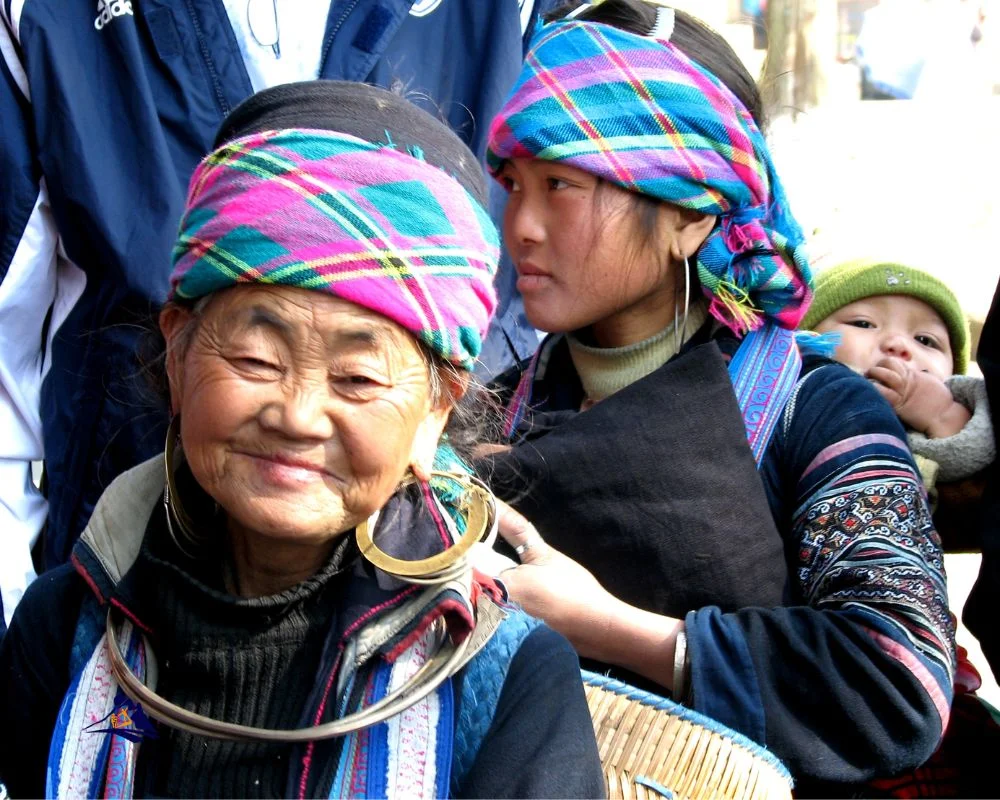
One great example is the community-based tourism program run by the Black H’mong minority group. Through this program, you can learn about their traditional agricultural techniques that prioritize environmental sustainability. You’ll also have the opportunity to get involved with reforestation efforts and learn about how they’re combatting issues like deforestation and soil degradation. By engaging with these initiatives, you’ll gain a deeper appreciation for the beauty of Sapa’s landscape while also contributing to its preservation.
And speaking of local agriculture, up next we have food tours that will take your taste buds on a journey through Sapa’s rich culinary scene!
Food Tours
Indulge in the delectable delicacies of the region with our mouth-watering food tours. Sapa’s farm-to-table culinary scene is a feast for the senses, and we’ll take you on a journey to taste all its goodness. You’ll get to savor fresh produce straight from the farms, cooked by some of the best chefs in town.
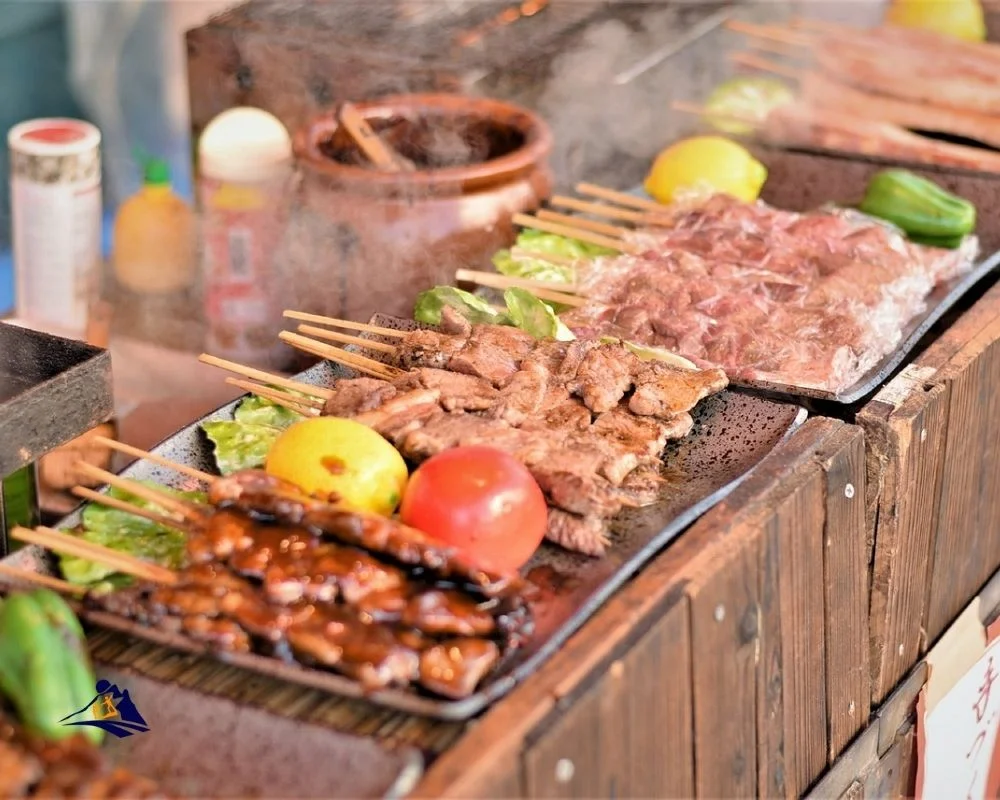
Our food tours aren’t just about eating, though. We offer culinary workshops where you can learn how to cook traditional Vietnamese dishes using locally sourced ingredients. You’ll also discover how these ingredients are grown and harvested sustainably, supporting local farmers and reducing the carbon footprint of your meals. So come join us on a gastronomic adventure that nourishes both your body and soul!
Sapa’s Best Eco-Tourism Experiences Frequently Asked Questions
What is the best time of year to visit Sapa for eco-tourism experiences?
If you’re looking for the best time to visit Sapa for eco-tourism experiences, it’s important to consider the weather and seasons. The ideal time is from March to May, or September to November when temperatures are mild and there’s less rain. During these times, you can enjoy top eco-friendly accommodations in Sapa while taking part in some of the best eco tourism activities, such as hiking through rice terraces and visiting local villages. Whether you’re looking to connect with nature or learn about traditional culture, Sapa offers a unique experience that caters to your interests while being mindful of preserving the environment. So why not plan your trip today?
Are there any specific cultural practices or customs visitors should be aware of when staying in homestays in local communities?
When staying in homestays in local communities, it’s important to remember cultural sensitivity and homestay etiquette. Did you know that over 1.5 million people stay in Airbnb accommodations around the world every night? That means there are countless opportunities for travelers to engage with local cultures and customs. When staying in a homestay, it’s important to respect the traditions of your host family, including dress codes, meal etiquette, and religious practices. Take the time to learn about their customs before your trip so you can show respect and appreciation for their way of life. By being culturally sensitive, you’ll not only have a more enjoyable experience but also build meaningful connections with those around you.
What is the impact of community-based tourism on the local economy and environment in Sapa?
Community involvement is a crucial component of sustainable development, and it’s no different in Sapa. By participating in community-based tourism experiences, you are actively contributing to the local economy while also preserving the environment and culture. Your support helps create jobs for locals and encourages them to continue practicing traditional methods of agriculture, weaving, and handicrafts. Additionally, many homestays operate with eco-friendly practices such as composting, using solar power or rainwater harvesting systems that minimize their impact on the environment. By choosing to engage in community-based tourism in Sapa, you can have an enjoyable experience while making a meaningful impact on the local community and its future sustainability.
Are there any safety precautions visitors should take when visiting waterfalls and hot springs in Sapa?
When visiting the waterfalls and hot springs in Sapa, it’s important to take necessary safety measures. These natural attractions can be stunning, but also potentially dangerous if you don’t take tourist precautions. Make sure to wear appropriate footwear with solid grip and watch your step when walking on wet surfaces. Avoid getting too close to the edge of waterfalls or standing under them as rocks may fall. Also, be aware of the potential for strong currents or sudden drops in depth when swimming in hot springs. By being mindful of these safety measures, you can fully enjoy the beauty and serenity of Sapa’s natural wonders without any unnecessary risks.
What types of wildlife can visitors expect to see on wildlife and nature tours in Sapa?
Are you curious about the wildlife sightings in Sapa? Whether you’re a nature enthusiast or simply looking for an adventure, Sapa’s protected forests and national parks offer some of the most diverse species of flora and fauna. From majestic water buffaloes to elusive clouded leopards, visitors can expect to see a range of animals in their natural habitats. The conservation efforts put in place by local communities have helped preserve these ecosystems and promote sustainable tourism practices. By taking part in wildlife and nature tours, you not only get to witness the beauty of Sapa’s landscapes but also contribute to its preservation. So why not immerse yourself in this unique opportunity and experience the freedom that comes with exploring nature?
Conclusion
Congratulations, you’ve just discovered Sapa’s best eco-tourism experiences! By choosing to embark on these sustainable adventures, you’re making a conscious effort to support local communities and preserve the natural environment.
Did you know that in 2019, Vietnam welcomed over 18 million international visitors? While this has undoubtedly contributed to the country’s growth and development, it also means that popular destinations like Sapa are at risk of becoming overcrowded and losing their authenticity. However, by choosing eco-tourism options such as community-based tourism and hiking tours, you can help ensure that Sapa remains an unspoiled paradise for generations to come.
So what are you waiting for? Whether you prefer adrenaline-pumping activities like trekking or peaceful encounters with nature at waterfalls and hot springs, there’s an eco-tourism experience in Sapa that’s perfect for you. By taking part in these unforgettable adventures, not only will you create lasting memories but also contribute to the preservation of one of Vietnam’s most beautiful regions. Thank you for being a responsible traveler!
